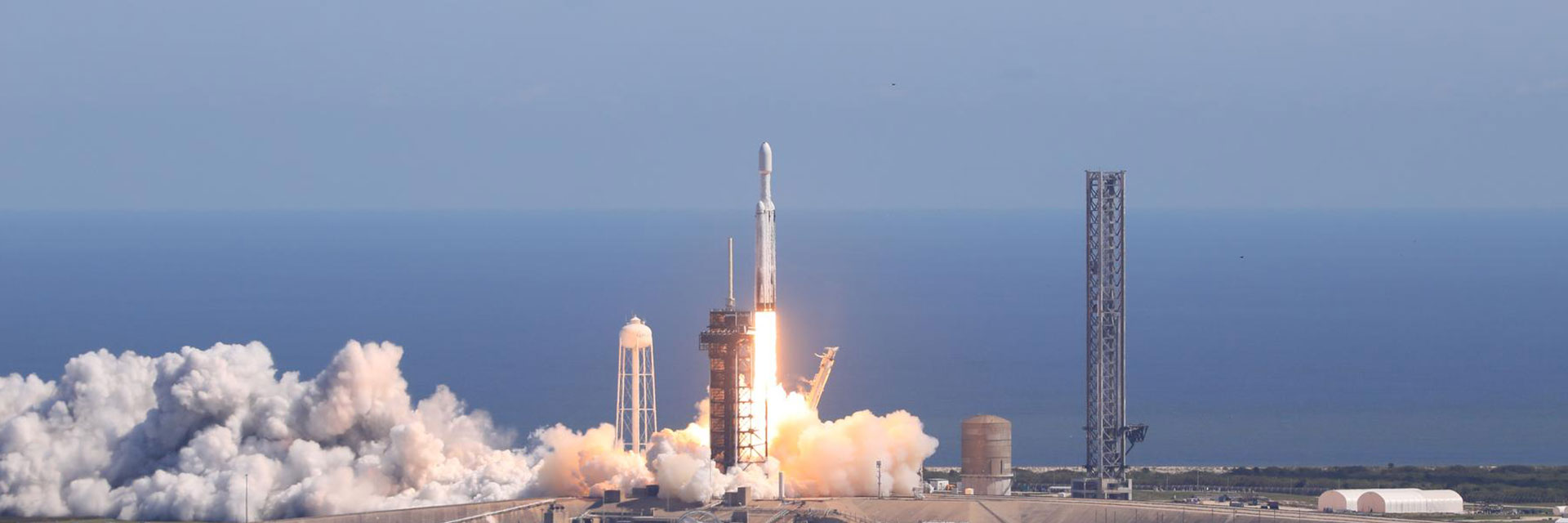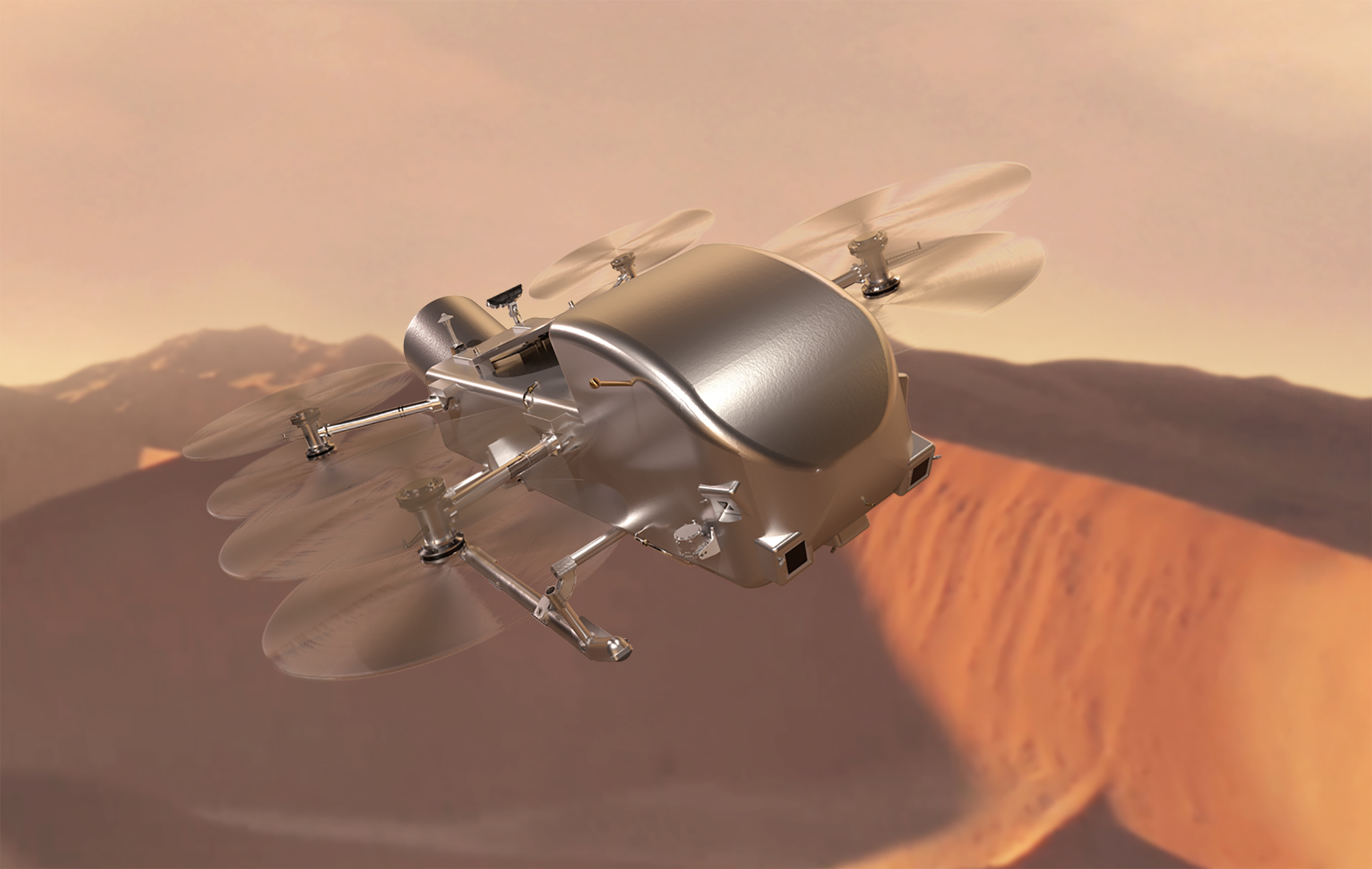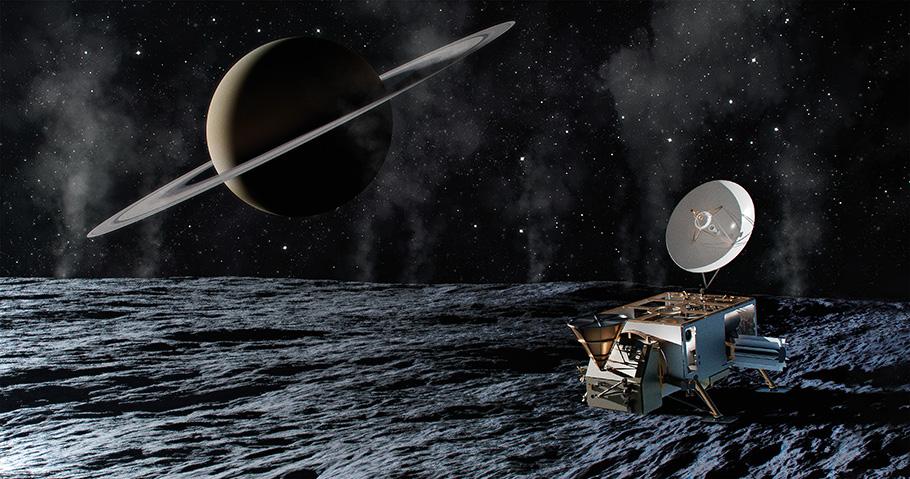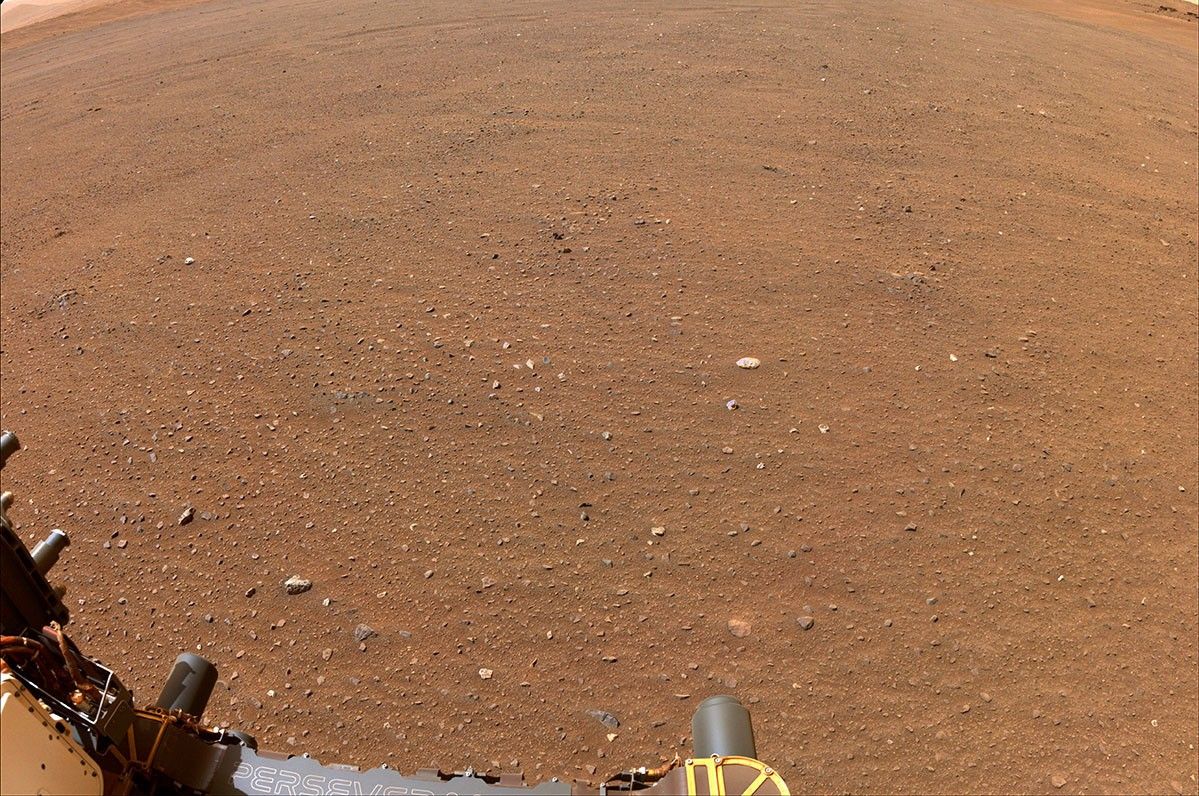Our Search for Life in the Solar System and Beyond: Where Do We Stand?
From icy moons to alien atmospheres, humanity’s search for life beyond Earth is accelerating. This post explores the missions, discoveries, and future frontiers shaping our understanding of life in the cosmos—including a bold new chapter with Starship.
For generations, we’ve looked to the stars and wondered: Are we alone?
Today, that question is no longer confined to philosophy or science fiction—it’s at the heart of some of the most ambitious missions in modern science. Across our solar system and deep into the galaxy, humanity is steadily expanding the search for life.
This post offers a high-level overview of where that search stands—both in terms of the missions underway and the tools we’re building to decode the great silence.
The Ocean Worlds: Europa, Enceladus, and Titan
Some of the most promising targets in our search for life lie not on planets, but on icy moons.
Europa Clipper (Launch: 2024–2025, Arrival: ~2030)
Jupiter’s moon Europa hides a vast liquid water ocean beneath its frozen crust. The Europa Clipper mission will orbit Jupiter and perform dozens of flybys of Europa, analyzing its surface chemistry and subsurface ocean potential. It may not directly detect life, but it will bring us closer to knowing whether the conditions for life exist.

Dragonfly (Launch: 2028)
Saturn’s hazy moon Titan is the only other world in the solar system with stable surface liquids—though they’re made of methane and ethane. Dragonfly is a rotorcraft lander (a drone, essentially) that will hop across Titan’s surface, studying organic chemistry in one of the most Earth-like environments beyond Earth.

Enceladus Mission Concepts
Saturn’s tiny moon Enceladus shoots jets of water vapor and organic molecules into space from its subsurface ocean. While no dedicated mission is yet fully funded, multiple mission concepts—including orbiters and plume-sampling landers—are being developed by NASA and ESA. Many scientists believe that Enceladus may be our best chance to directly detect microbial life in the next few decades.

Mars: Still the Prime Candidate for Past Life
Mars once had rivers, lakes, and perhaps even a thicker atmosphere—making it a top candidate for past life.
Perseverance and the Mars Sample Return
NASA’s Perseverance rover is currently collecting samples in Jezero Crater, a site believed to be an ancient river delta. These samples are planned to be returned to Earth via the Mars Sample Return mission, which—if successful—would represent the first time we bring Martian material back for direct analysis.

China’s Mars Sample Return Plans
China also plans its own Mars sample return mission, currently targeted for the early 2030s. The race is on—and the implications for astrobiology are profound.

Starship and the Human Frontier on Mars
While robotic missions have paved the way, the prospect of humans setting foot on Mars is becoming increasingly tangible—thanks largely to SpaceX's Starship program. Elon Musk envisions Starship as a fully reusable, heavy-lift launch system capable of transporting both cargo and crew to the Red Planet. The company aims to launch its first uncrewed Starships to Mars as early as 2026 to test landing systems and gather critical data. If successful, crewed missions could follow in the late 2020s or early 2030s.
This shift from remote exploration to human presence opens unprecedented opportunities for astrobiology. Scientists on Mars could conduct in-situ analyses, drill beneath the surface, and explore regions inaccessible to rovers. Such hands-on research could significantly enhance our understanding of Mars' potential to harbor life, past or present.
Moreover, SpaceX's vision includes establishing a self-sustaining city on Mars, complete with infrastructure for power generation, resource utilization, and habitation . This ambitious plan not only aims to make humanity multiplanetary but also to create a new frontier for scientific discovery and innovation.

Exoplanets and the Search for Earth 2.0
The past few decades have revealed thousands of exoplanets—planets orbiting stars beyond our Sun. Many reside in the so-called “habitable zone,” where liquid water could exist.
TESS and JWST
NASA’s Transiting Exoplanet Survey Satellite (TESS) is identifying promising candidates, while the James Webb Space Telescope (JWST) is already peering into their atmospheres, searching for biosignatures like methane, water vapor, or unusual oxygen levels.
Next-Gen Missions
Future telescopes—like the Nancy Grace Roman Space Telescope and proposed missions like LUVOIR and HabEx—aim to directly image Earth-like planets and assess their habitability. We’re entering an era where analyzing alien atmospheres may become routine.
SETI and the Cosmic Silence
Parallel to these biological searches is the work of SETI—the Search for Extraterrestrial Intelligence. Using radio telescopes and increasingly AI-assisted pattern recognition, SETI projects scan the skies for intentional signals or signs of advanced technology.
While no confirmed signals have yet emerged, SETI remains a powerful mirror: a way of asking not only who’s out there, but what kind of beings might we become?
Why This Search Matters
The search for life beyond Earth is more than a scientific endeavor—it’s a mirror of our deepest hopes, fears, and aspirations.
- If we find life—even microbial—then biology is likely common in the cosmos.
- If we don’t—even after decades of searching—then intelligent life may be far rarer than we hoped. Or it may mean we haven’t learned how to look.
In either case, the effort changes us.
It expands our perspective. It sharpens our tools. It deepens our understanding of life’s fragility and resilience. And perhaps most importantly—it reminds us that we are participants in a cosmic story, still being written.





